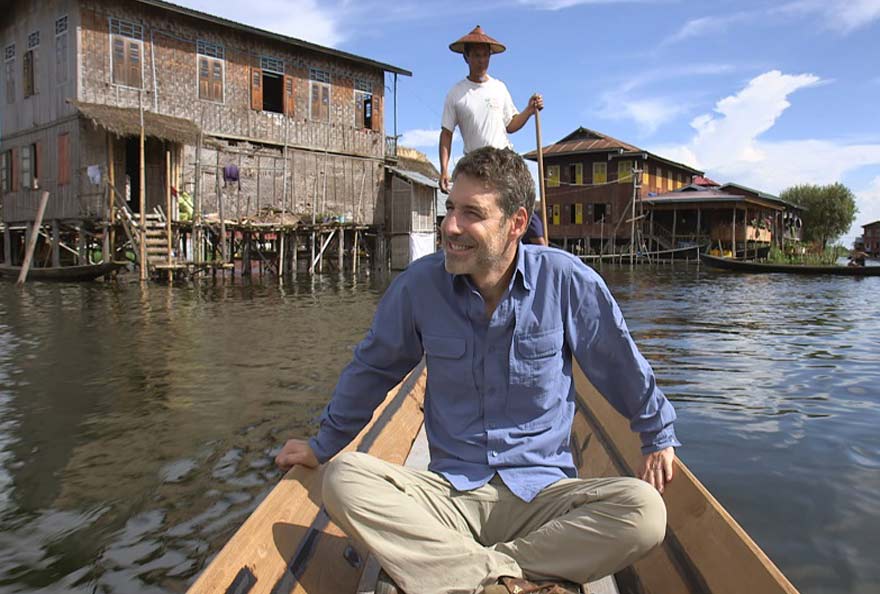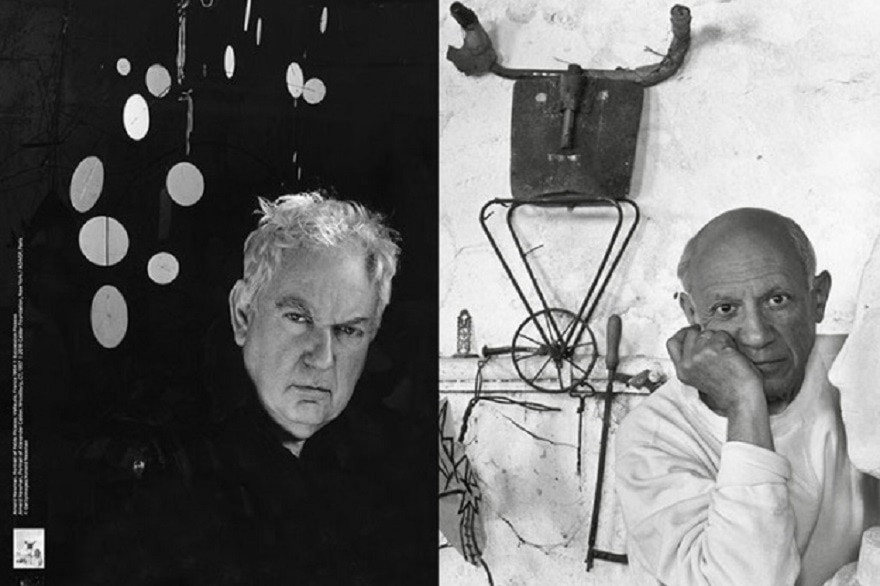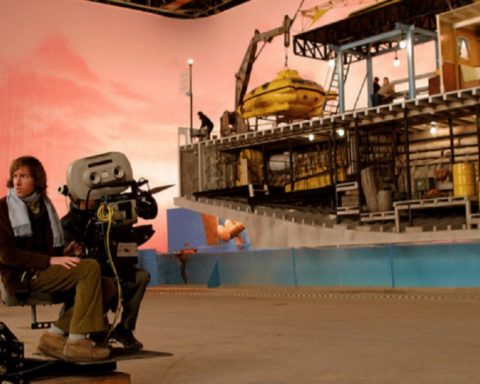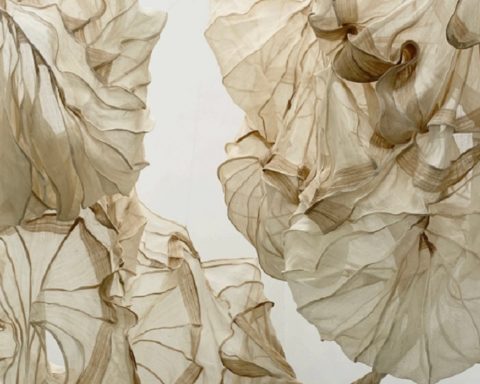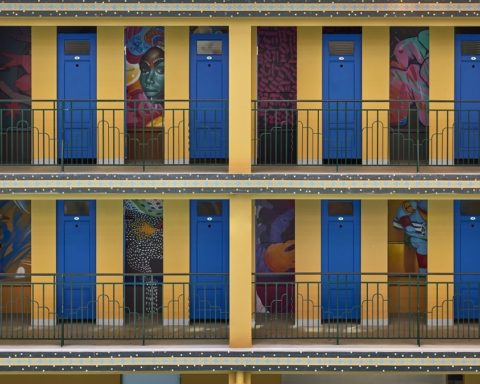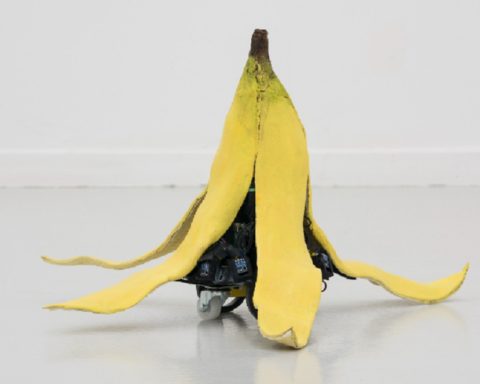Repenser notre présence au monde est le défi de notre époque. Habiter le monde, c’est se concevoir comme appartenant à un espace plus large que son groupe ethnique, sa nation… c’est pleinement habiter les histoires et les richesses des cultures plurielles de l’humanité. » Felwine Sarr (1)
Habiter est le propre de l’homme mais que signifie habiter le monde ?
Une invitation au voyage
Entretien avec Philippe Simay


